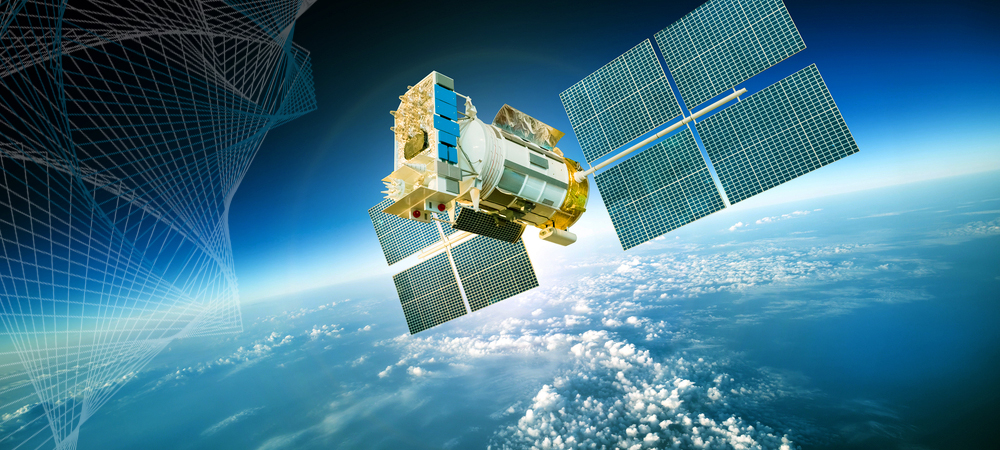Leading Satellite Communication Brands: Which One is Better?
Unfortunately, sometimes modern cellular services can’t boast of helping cellphone users meet their everyday communication needs. First, it is limited coverage area that causes inconveniences. Besides, damaging of one or more cellular communication antennas can bring the whole network out of operation. Even the shortest interruption in network operation can lead to negative experience among users, who live in the world of constant acceleration and are used to get everything they need immediately. Moreover, the situation gets even worse when thunderstorms, floods, earthquakes become frequent guests on our planet, crushing cellular communication stations to pieces. As a result, the network is often overloaded, which prevents people from connecting and finding each other for several days.
The most obvious solution here is using cellphones which don’t depend on transmission objects on earth. You can check out some reviews on the best gadgets on PrizedReviews.
If we look at the history of cellphones, we could spot their common and main peculiarities and advantages. Satellites provide satellite communication. If they are located on the geostationary orbit, they won’t be capable of covering the whole Earth, because the satellite doesn’t move relative to Earth and it can “see” only a certain part of its surface. If the satellite is located on Low Earth Orbit (LEO), the coverage area is typically broader, sometimes even providing communication for the whole planet.
The satellite communication basic concepts were put by “Intelsat” company in 1965. It was the time, that changed the world of communication, especially this was important for mariners. Today both passengers and ship crew can call and send messages even when they are in the open sea.
Later, in 1997 “Motorola” company launched the first series of 66 close-orbit satellites called “Iridium”. A big number of satellites in this system provided coverage on the whole Earth surface. Today “Iridium” company is engaged in its satellites constellation renovation and launches the newest “Iridium NEXT” machineries according to the plan of providing broad band internet connection in any part of the world.
Approximately at the same time “GlobalStar” company launched similar network, yet using other kind of facilities: 48 satellites were located slightly less than 1500 kilometers above Earth. In contrast with “Iridium” the sound quality sent by this network was the same as provided by cellular communication. However, in 2002 “GlobalStar” company went bankrupt. Today the company launched new satellites, solved a number of problems connected with communication time limit (1-2 minutes) and over-the-air gaps.
“Thuraya” network launched in 1997 started working in 2007 on the territory of Africa, Europe, and the Middle East. By March 2013 they have sold about 600.000 “Thuraya” cellphones, which could work in both GSM and satellite modes. Today “Thuraya” broadened its coverage area being one of the most attractive operators in Russia.
“Inmarsat” company is one more popular company in cellphones market today. Initially it provided satellite communication for marine and river vessels. In 2010 it represented “InsatPhone-Pro”, a telephone working from the network covering the whole planet other that the South and North Poles. So individual citizens could use this satellite communication as well. “Inmarsat Global Xpress” modern satellites constellation is already aimed at improving existing network and providing new kinds of services spheres like aviation. Flagship device of the company was “IsatPhone 2” cellphone.
These four companies provide their clients with services in satellite communication, of course using different technologies for this, affecting coverage area and communication quality.


